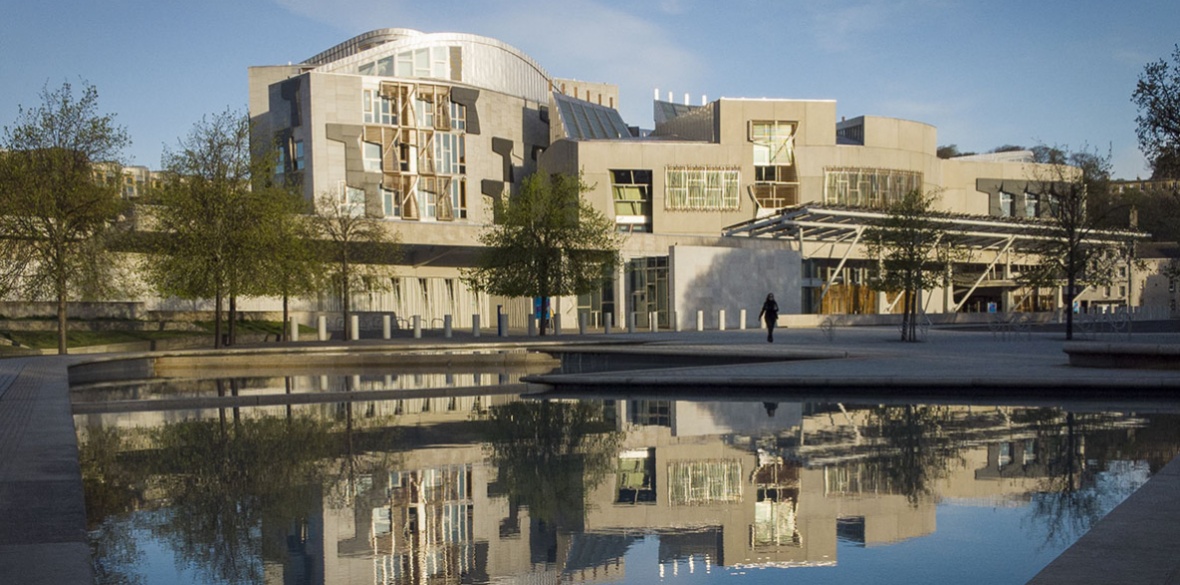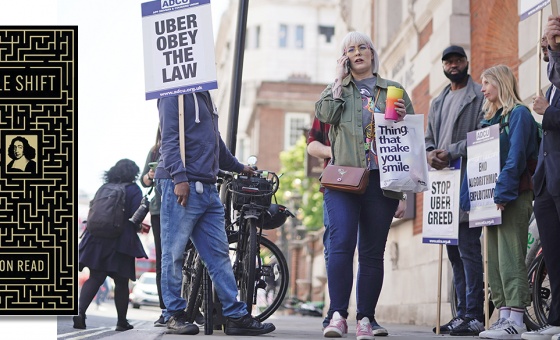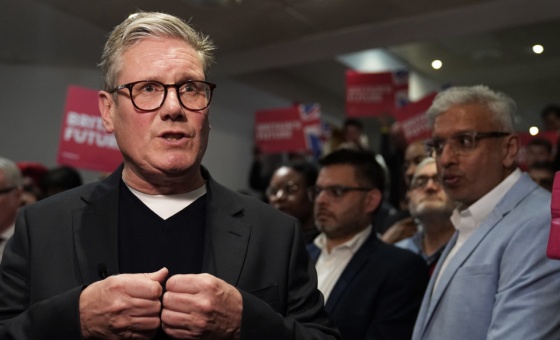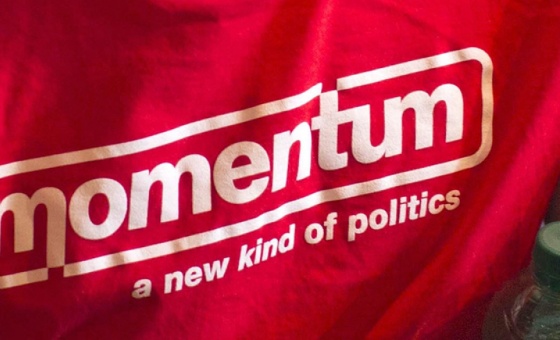This is the last article you can read this month
You can read more article this month
You can read more articles this month
Sorry your limit is up for this month
Reset on:
Please help support the Morning Star by subscribing here
WE COULD spend some time in this column debating the question saturating the mainstream media in Scotland: is Nicola Sturgeon capable of crocodile tears? This is the accusation levelled at her by the Tory Secretary of State for Scotland, Alister Jack, after a teared-up performance by the former first minister at the UK Covid inquiry in Scotland.
Instead, I want to raise some strategic concerns for the Scottish left. For this year we mark the 10th anniversary of the referendum on Scottish independence. In the 10 years that have followed that defining event, the Scottish left has gone backwards — the Radical Independence Campaign (RIC) wound itself up in 2021, by which time the left advance under Jeremy Corbyn had dissipated in the Scottish Labour Party.
Both the left that argued for independence as a way of advancing socialist objectives and the left that I am and was part of in 2014, that argued independence would impede not enhance the prospects of radical change, has suffered serious reverses.
Despite our differences, there was a fair amount of common ground in understanding why the question of independence was centre stage in Scottish politics.
Both positions acknowledged that the source of the constitutional crisis was to be found in the historic decline of British capitalism and the resurgence, after a period of working-class advance in the 1970s, of an aggressive model of capital accumulation under Thatcher which we now call neoliberalism.
Both recognised that the resulting inequalities in Scotland (and the north of England) shaped the Blairite response. In 1999 after a referendum Labour set up a devolved Scottish Assembly, as it was initially called. It was carefully designed to give the impression of autonomy while Westminster in effect retained the key powers that would have been necessary to change the balance of forces in favour of the working class in Scotland, especially in relation to democratic control of the economy, should such a movement for change arise.
At the core of the left case for independence (but presumably not one argued at the Yes meetings in community centres in working-class housing schemes), Scottish independence is seen as something close to a revolutionary act capable of smashing the British state.
According to Donny Gluckstein in International Socialism: “…rending apart the 300-year-old Union Jack would puncture British national arrogance. It would weaken reactionary ideology at home … Fracturing the state that once ruled the world’s largest empire and ran the slave trade, and remains an important, if junior, ally of US imperialism, would be a gift to workers and the oppressed everywhere.”
It might be such a gift if an independent Scotland were indeed radical, but missing from Gluckstein’s perspective is how the Scottish working class is to be moved to this revolutionary position as opposed to the one that was actually being offered and is still being offered by the dominant pro-independence party in 2014, the SNP: membership of the neoliberal EU, membership of Nato, support for the monarchy and a truncated form of fiscal autonomy which involves an independent Scotland continuing to use sterling.
In contrast to this position the left around the Red Paper Collective argued that defeating capital in Britain required to be undertaken at a British level because, despite changing ownership patterns, capital remained organised at the British state level.
Further, Scottish secession would sunder the ties of the working class across the UK hindering the very unity necessary to mobilise against and defeat British capitalism. They argued that in the event of an independent Scotland, economic decisions would continue to be made in the finance houses of London, not trade union headquarters in Glasgow.
These positions are incompatible, but with the rise in industrial militancy and community based protests against austerity there was a hope which I expressed in this column last June, that there might be the possibility of unity around an agreement that in any future discussions about the constitutional settlement in Scotland, as well as independence, an economically empowered Scottish Parliament which remained part of the UK, would be a valid third option in addition to independence and the status quo.
This would allow the possibility of an alliance for change to emerge of those who oppose neoliberalism and understand the need for constitutional change to achieve it. I raised it then because in addition to general increased levels of dissent, left-wing independence supporters had become increasingly critical of the SNP.
Furthermore, in early 2023 the STUC was beginning to build support for its report Scotland Demands Better: Fairer taxes for a Fairer Future, which argues for higher and more redistributive taxes and for a shift in both tax rates and the tax base in order to support public services. This could have been the basis of a left campaign across the constitutional divide, to influence the Scottish government’s December Budget, the first under its new leader Humza Yousaf.
The Budget was predictably disappointing. In addition to a regressive council tax freeze, the STUC argued that the budget had failed “… to countenance more ambitious tax reform” and that it “has left a hole it was never going to be able to fill. High-quality, fully funded public services must be at the heart of a well-being economy and we cannot countenance any cuts — spun and packaged up as ‘reforms’ …” The Scottish Labour Party did not offer a radical alternative and there was no wider left campaign, at any level, to force the SNP to change course.
Indeed, there seems to be little appetite for the sort of alliance described above. Rather, left supporters of Scottish independence, for example members of the reconstituted RIC, seem instead to be trying to “get the band back together again.”
There may be real fears that this time their supporters will be listening to a Beatles tribute band, rather than the real thing, singing along to “Yesterday” in half empty halls. For although aspirational support for independence remains at around just below 50 per cent, the dominant version of independence that remains on offer is still that of the Salmond/Sturgeon era, except that now, as argued by left independence supporters themselves, there is a clear understanding that this is nothing more than neoliberalism with a kilt on — hardly the political platform needed to mobilise dissenters, young or old.
However, two or three years into an unpopular Labour government that offers only more austerity, and with little sign that Keir Starmer intends any serious constitutional reform of the type required for radical economic change in Scotland, then arguments for independence, including the SNP’s model, despite the best efforts of left independence supporters, could once again look attractive.
If the alliance for change described above is off the agenda, then that means that organisations like the Red Paper Collective will have to make their case more effectively than ever before, inside and outside the Scottish labour movement.
And yes, Nicola Sturgeon is quite capable of crocodile tears and Alister Jack should know; he is a member of a party of crocodiles.











